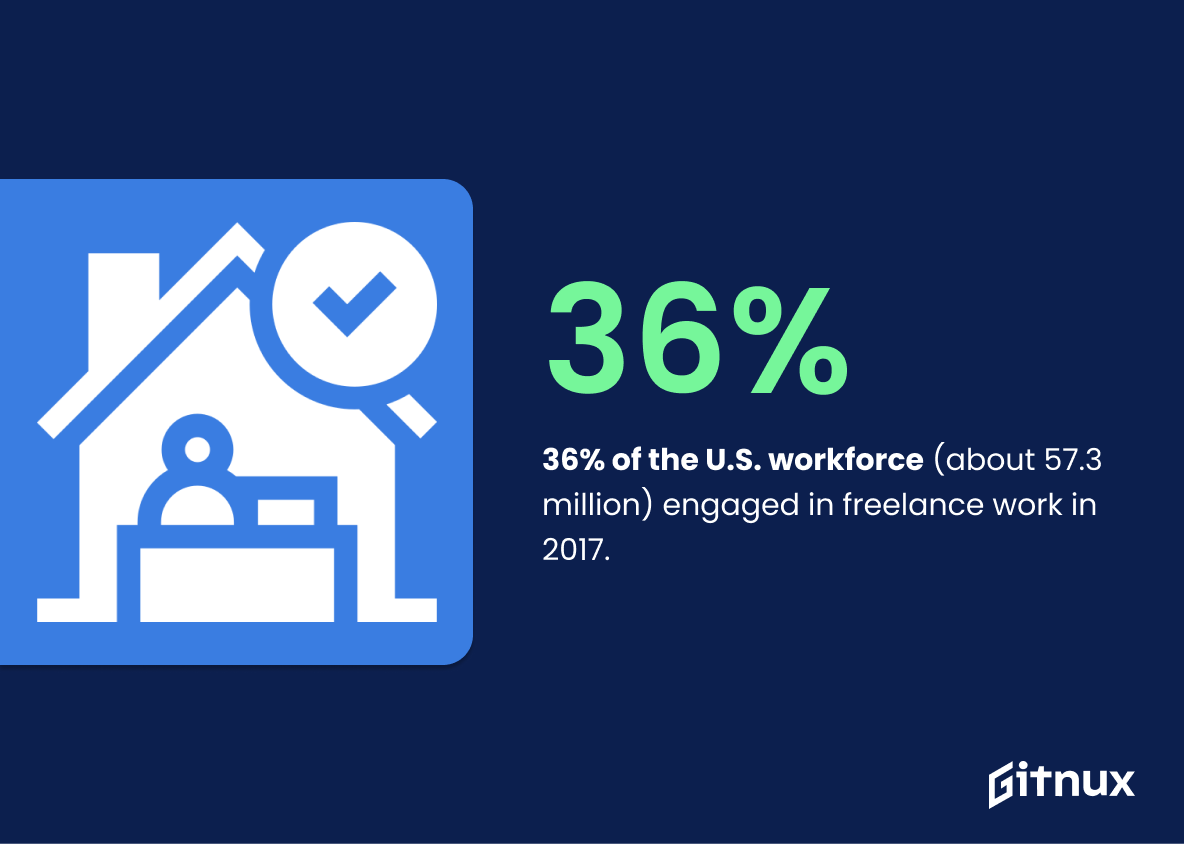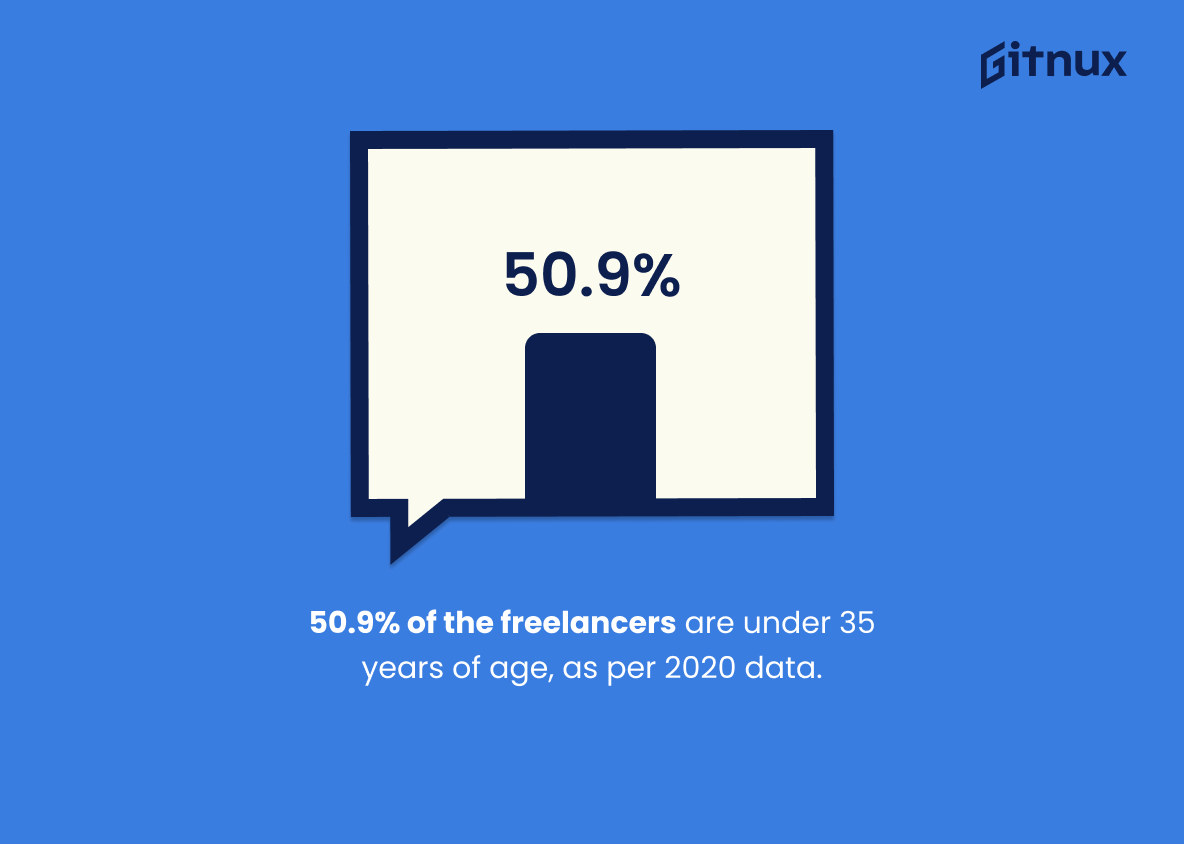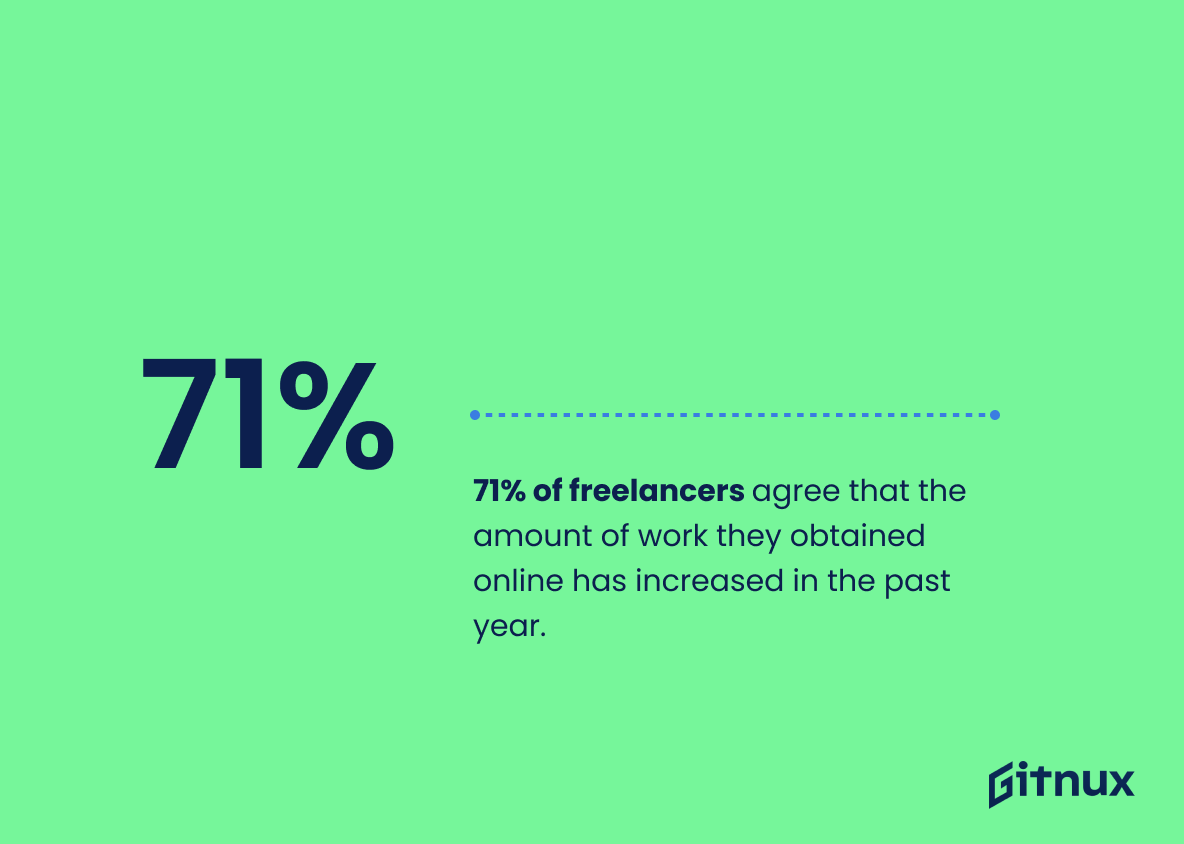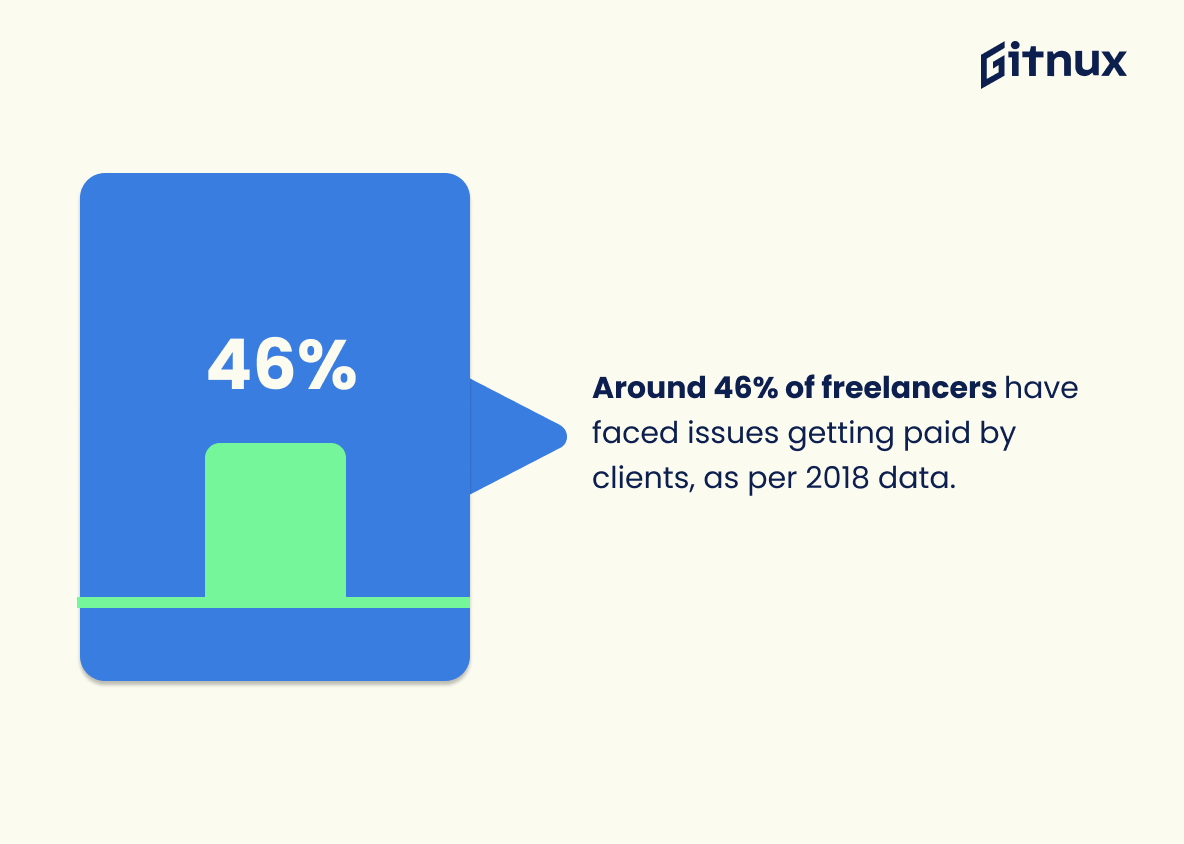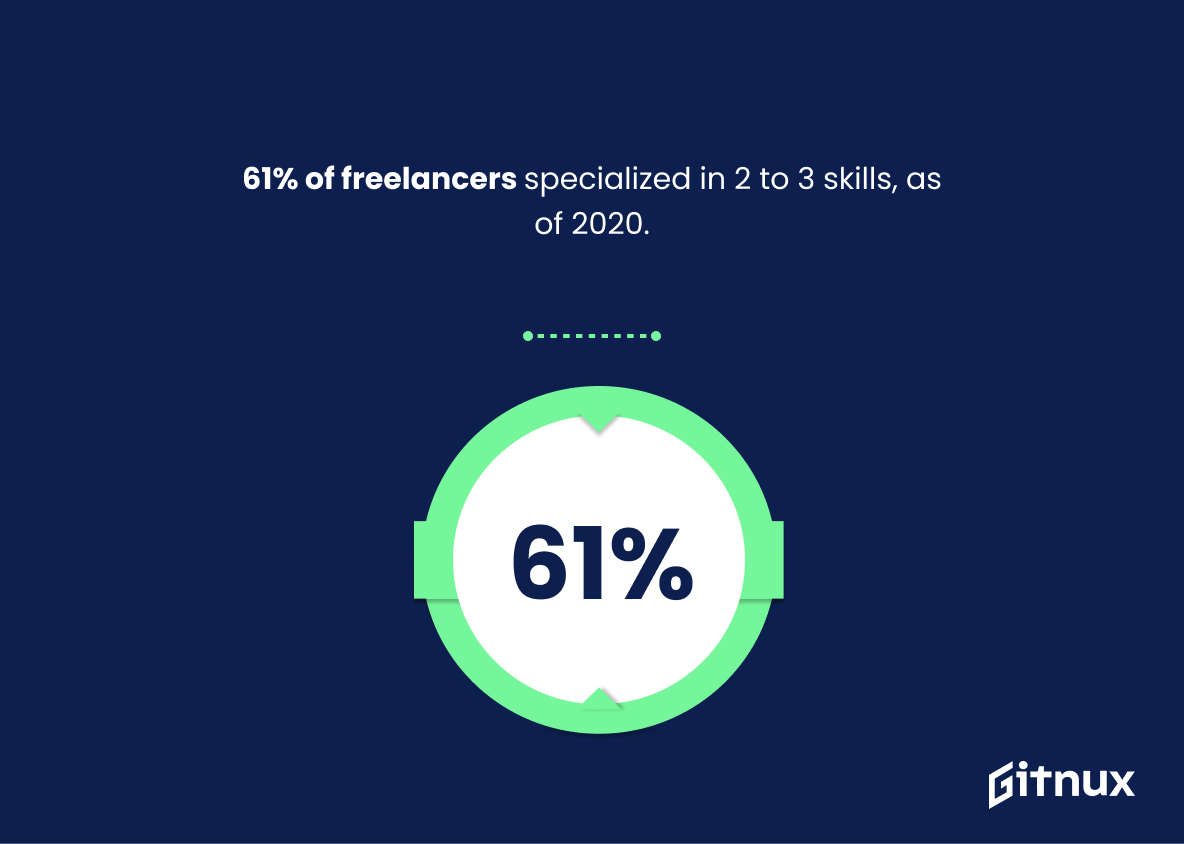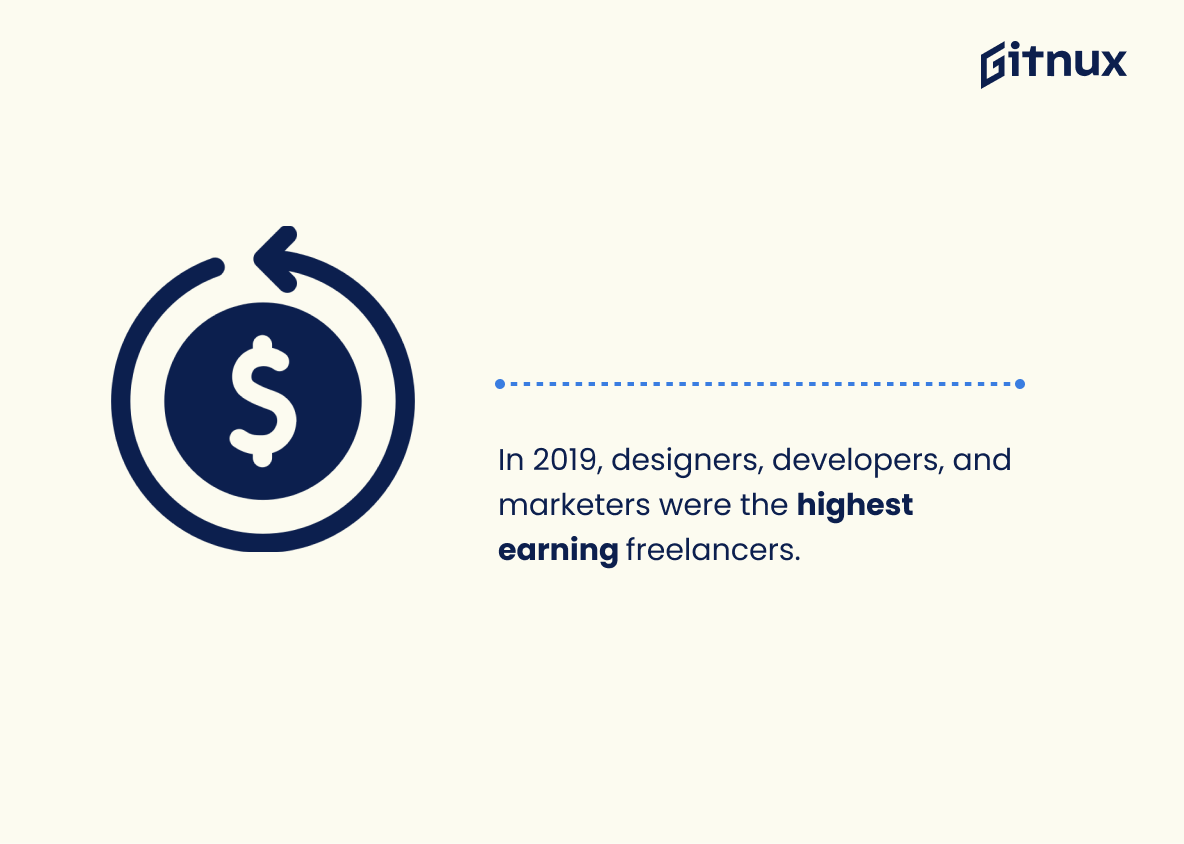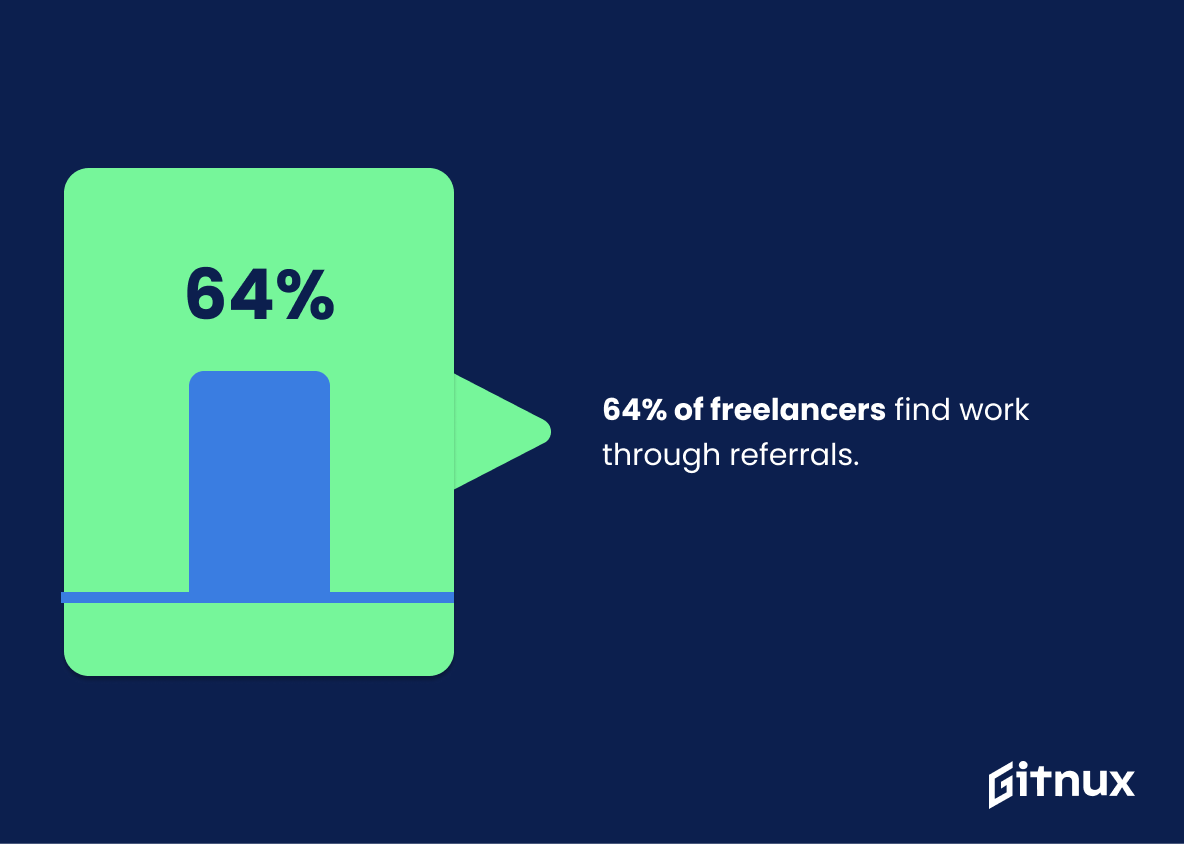Welcome to a thrilling deep dive into the world of freelancing as we navigate through a maze of statistics that shed brilliant light on this vibrant industry. For many, the decision to switch from a traditional 9 to 5 job to a free and independent freelancing career may be daunting. But knowledge is power, and understanding the current freelance landscape through rock-solid statistics could be the key to slaying those doubts. Whether you’re a seasoned freelancer looking to gain fresh insights, or you’re just starting on your freelancing journey, these statistics will provide an invaluable look at the trends, opportunities, and challenges shaping the freelance industry today. Brace yourself for a peek into the future of work as we delve into a world where flexibility, innovation, and creativity reign supreme.
The Latest Freelance Industry Statistics Unveiled
36% of the U.S. workforce (about 57.3 million) engaged in freelance work in 2017.
The pulsating heart of the freelance industry reverberates strongly with these numbers- 36% of the U.S. workforce, representing nearly 57.3 million individuals getting their hand’s dirty in freelance work in 2017. Unfolding the layers of these impressive figures, they mend the patterns in the fabric of our understanding about the freelance industry.
In the grand tapestry of workplace evolution, this portrays a new era where traditional work environments are taking a backseat. The lion’s share of the workforce venturing into versatile freelance work is marked by the bold inscription of independence, flexibility, and an apt shake of challenge that appeals to modern professionals.
In the holistic path of understanding the freelance industry, these statistics act like a compass. They guide us towards the growth and relevance of the freelance economy. They speak volumes about the transformation of economic trends, shedding light on how people are breaking away from traditional working shackles, and shifting towards more flexible, independent modes of earning their living.
This information is a beacon for those interested in the industry, whether they are potential freelancers, business owners, policymakers, or researchers. It gives them a quantifiable grasp on the magnitude of the freelance industry, capturing the reality of its prevalence in our society. It’s more than just numbers—it’s the vibrant embodiment of modern work culture.
50.9% of the freelancers are under 35 years of age, as per 2020 data.
Shedding light on the vibrancy of the freelance industry, the statistic uncovers a youthful dynamism – a touch over half of freelancers (50.9%) are under 35 years of age, according to 2020 data. This statistic positions the sector as forward-thinking, receptive to innovation and adaptable to change, characteristics often associated with younger generations. For businesses seeking out these qualities, the freelance industry provides a fertile recruiting ground. Moreover, the skew towards younger age groups suggests that the freelance lifestyle holds significant appeal for millennials and Gen Z, perhaps due to the flexibility and independence it offers. These insights could be beneficial for product or service companies aiming to target this demographic, as well as policymakers wanting to support job markets favored by younger demographics.
71% of freelancers agree that the amount of work they obtained online has increased in the past year.
Delving into the burgeoning world of freelancing, the statistic of 71% freelancers reporting an increase in their online work volume over the past year infuses an optimistic perspective. It narrates the vibrant future of the gig economy, in which digital channels are acting as catalysts and turbo-boosting work opportunities. This upward trajectory emphasizes the evolving dynamics of the freelance industry, demonstrating that more and more professionals are leveraging the internet to find their next project, thus reaffirming that today’s digital era is favoring the freelance trend. Therefore, the aforementioned statistic serves as a beacon, illuminating the continuous growth and expansion of the freelance industry.
Around 46% of freelancers have faced issues getting paid by clients, as per 2018 data.
Highlighting this percentage provides a stark reality check, underscoring the challenges within the freelance industry. It brings into sharp relief the precarious nature of payments in the freelance world. It paints a vivid picture for anyone considering this career path to know what they might be up against. Moreover, it nudges existing freelancers to be prepared for such situations, fortifying their client agreements and payment processes. It also acts as a call-to-action for platforms and advocates of the freelance industry to make concerted efforts to address this loosely-regulated aspect, thus promoting trust, reliability and sustainability in the freelance economy.
61% of freelancers specialized in 2 to 3 skills, as of 2020.
Painting a vivid picture of today’s freelance landscape, the fact that 61% of freelancers specialized in 2 to 3 skills by 2020 is an insightful piece of information. Threaded through the fabric of a blog post on Freelance Industry Statistics, it underlines the evolving dynamics and versatility demanded by modern freelance careers. Versatility is no longer an option but a necessity – a testament to the multi-skilled, adaptive individuals making up over half of this dynamic workforce. Grasping this piece of data sets the stage for understanding the core skills, adaptability, and continuous learning that empowers today’s most successful freelancers.
The global gig economy is projected to hit USD 455.2 billion by 2023.
Painting the freelance industry canvas with vivid numbers allows us to comprehend its fast growth and future potential. Consider this, the global gig economy rocketing to USD 455.2 billion within the next couple of years isn’t just a dry figure, it heralds a seismic shift in labor market dynamics. By spotlighting this projection in a blog post, it underscores the meteoric rise in freelancer demand and the expanding marketplace for freelance work. This compelling image of the future of freelance work can spark conversation and thought about how organizations, as well as the labor force, can brace and adapt for this thriving ecosystem.
The UK and the US are the largest freelance markets, with a revenue of around $110 billion each.
Painting a rich portrait of the freelance industry landscape, the cited statistic dramatically underscores the dominance of the UK and US in the global freelance market. The colossal figure of $110 billion each not only highlights the robustness and vibrancy of their respective freelance economies, but also points to the vast opportunities that exist therein for aspiring and existing freelancers. This volume of revenue hints at the wide variety of freelance jobs, across varying sectors, that contribute to such impressive figures. Consequently, it lays bare the potential prospects for freelancers who are looking for profitable markets, while also signposting a trend for other nations to acknowledge and perhaps replicate.
In 2019, designers, developers, and marketers were the highest earning freelancers.
Highlighting such an insightful statistic in a blog post on Freelance Industry Statistics forms an integral part of understanding the financial dynamics within the industry. The mention of designers, developers, and marketers as the top-earning freelancers in 2019 unveils a valuable narrative about the high demand and potentially lucrative nature of these skill sets. This key knowledge could possibly direct aspiring freelance professionals to invest in acquiring these skills or motivate existing professionals in these areas to optimize their potential. Furthermore, it offers valuable data for industry analysis, trend predictions, and career planning.
64% of freelancers find work through referrals.
Unearthing such a striking statistic sheds light on the dynamic nature of the freelance landscape and emphasizes the power of networking and word-of-mouth referrals. It’s a bit of an ‘aha.’ moment to discover that freelancers aren’t just lone wolves but actually operate within a potent, intricate ecosystem where connections are critical. This bolsters the importance of interpersonal relationships and reputation within freelance life. Furthermore, it shapes the strategies for getting more gigs, hinting that freelancers might find success by tuning into their network as much as honing their skills.
Conclusion
In this changing work culture, the freelancing industry continues to experience significant growth. The industry statistics reveal the increasing popularity of non-traditional employment and the various opportunities it brings for both workers and companies. Understanding these trends allows us to adapt, plan better, and leverage the flexibility of the freelance market. As we move forward, it will be interesting to observe how this trend evolves with advancements in technology and shifts in economic models. Freelancing, undoubtedly, has a pivotal role to play in shaping the future of global employment.
References
0. – https://www.www.researchandmarkets.com
1. – https://www.www.cnbc.com
2. – https://www.www.websiteplanet.com
3. – https://www.www.entrepreneur.com
4. – https://www.www.freelancersunion.org
5. – https://www.www.payoneer.com
6. – https://www.contently.com
